Coastal protection and mangrove reforestation with local fisher groups
This project is made possible by your support via gofundme.com
Coastal biodiversity and habitats in Southeast India are under severe threat from climate change and industrialization.
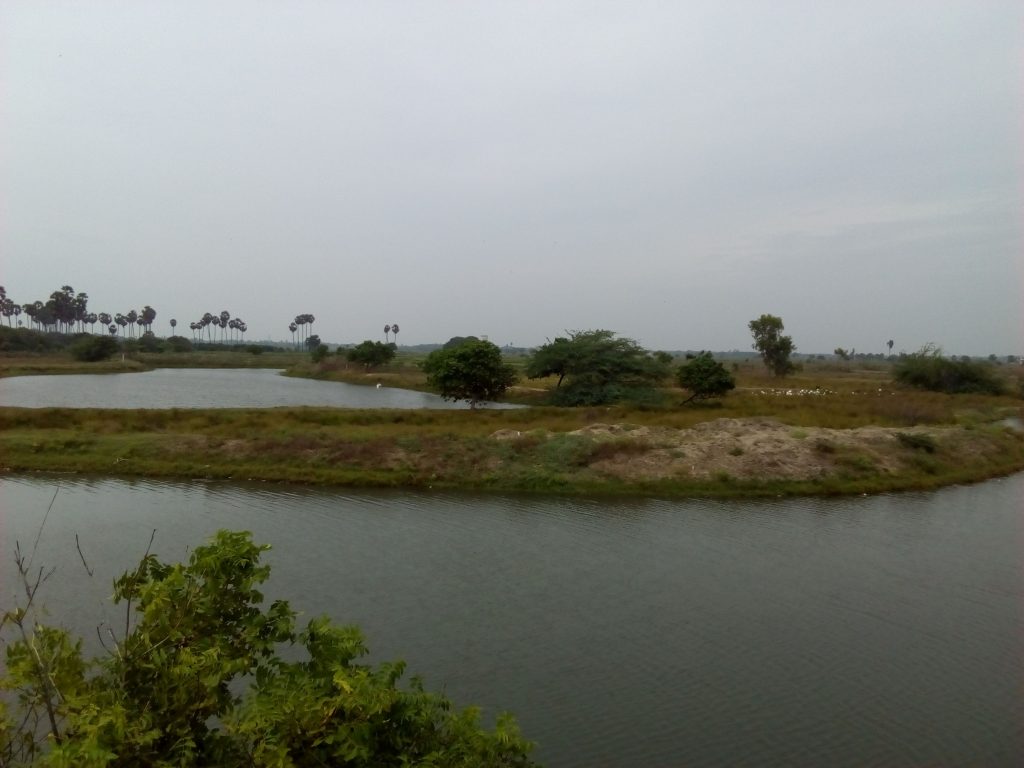
Driving forces are:
- Tourism and activities of multinational corporations are leading to massive coastal erosion.
- Ever-expanding agriculture is continually intensifying and expanding, encroaching on floodplain wetlands and mangrove forests.
- Special economic zones with coal-fired thermal power plants have greatly reduced available habitats for marine wildlife and therefore reduced the income of fishermen.
Project Objectives:
- Reforestation with mangroves and coconut palms, conservation and regeneration of sand dunes.
- Develop and implement participatory methods for sustainable management of biodiversity, mangroves and sand dunes.
- Climate change adaptation through mangroves, which store more CO2 per area than corresponding tree plantations due to their dense cover and the deposition of the dried leaves in the mud.
Further information about this project and related activities in India can be found here.
The organization and the concept of our project including essential tasks is:
- Community-based management committee to protect the marine and coastal environment.
- Sustainable management of natural resources by a Coastal Biodiversity Team.
- Dissemination of simple and free-of-charge satellite imagery and GPS based techniques for monitoring coastal erosion and mapping of practical measures and design proposals.
- Community restoration of mangrove forests, sand dunes, and waste management.
- Working closely with the Tamil Nadu Land Rights Federation (TNLRF) and local fishermen’s groups.
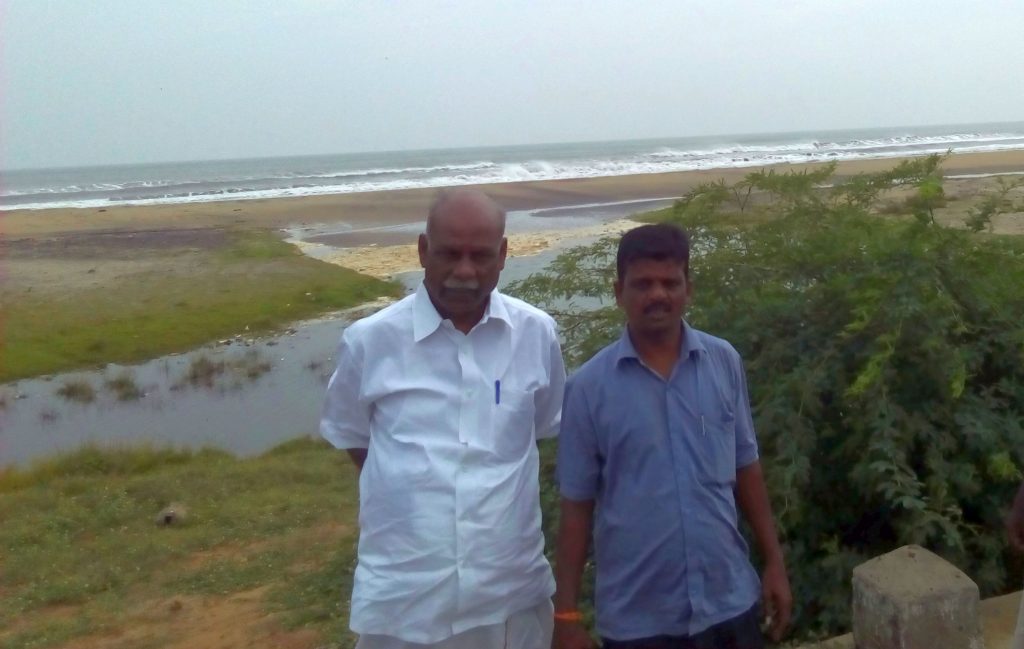
Capacity building for the Coastal Biodiversity Team:
- Training courses for affected fisher communities, particularly women and youth, on sustainable management of coastal resources and biodiversity.
- Establishment of a monitoring system and training on GPS and easy-to-use mapping techniques (e.g. Google Earth Pro under “fair use credits”).
- Awareness campaigns at district, taluk, and local levels on the importance of sand dunes, reforestation, and shared resources.
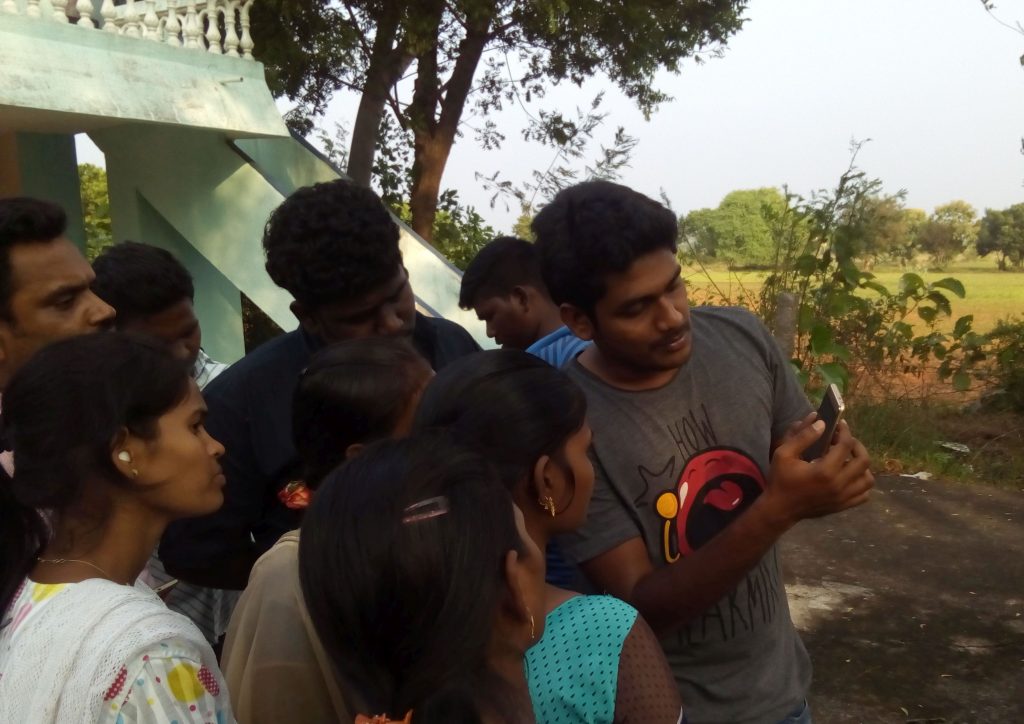
Restoration of sand dunes, mangroves and palm plantations:
- Creation of small decentralized nurseries with watering can irrigation.
- Backfilling and transport of sandbags by rickshaws.
- Introduction of native plants and replacement of dead plants.
- Cleaning of canals and waste disposal.
The above measures will first be tested in the fishing village of Nagappattinam (see map below) and will then be introduced in three selected villages on the coast: Akkaraipettai, Nambiyarnagar and Seruthur.
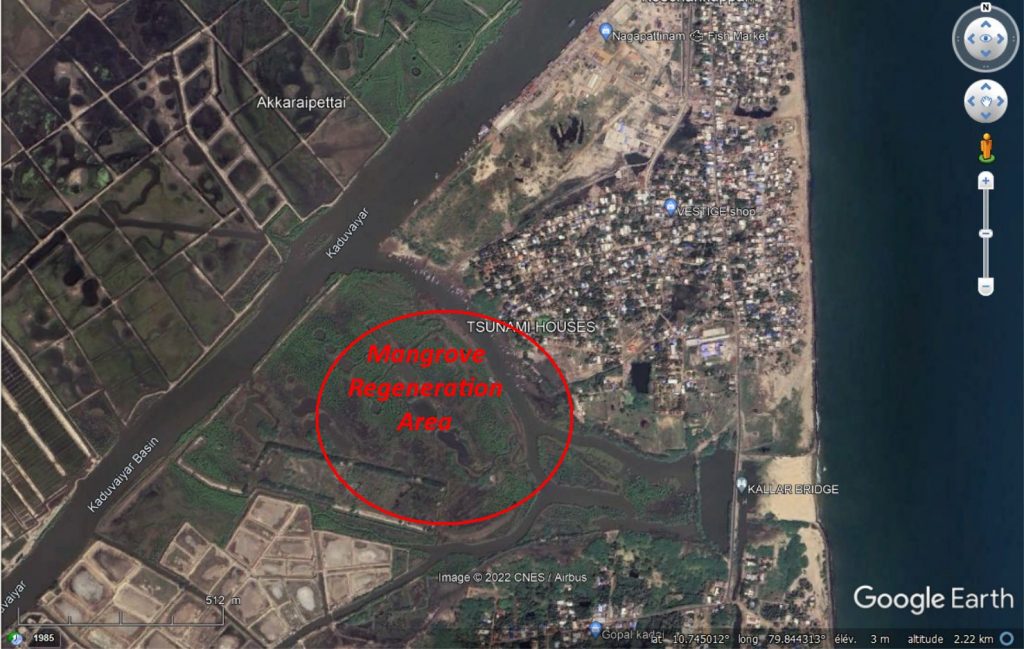
An overview of planned activities is provided by:
- Hans Geisslhofer in exchange with the village community.
- An Interview with local fisherwomen and fishermen.
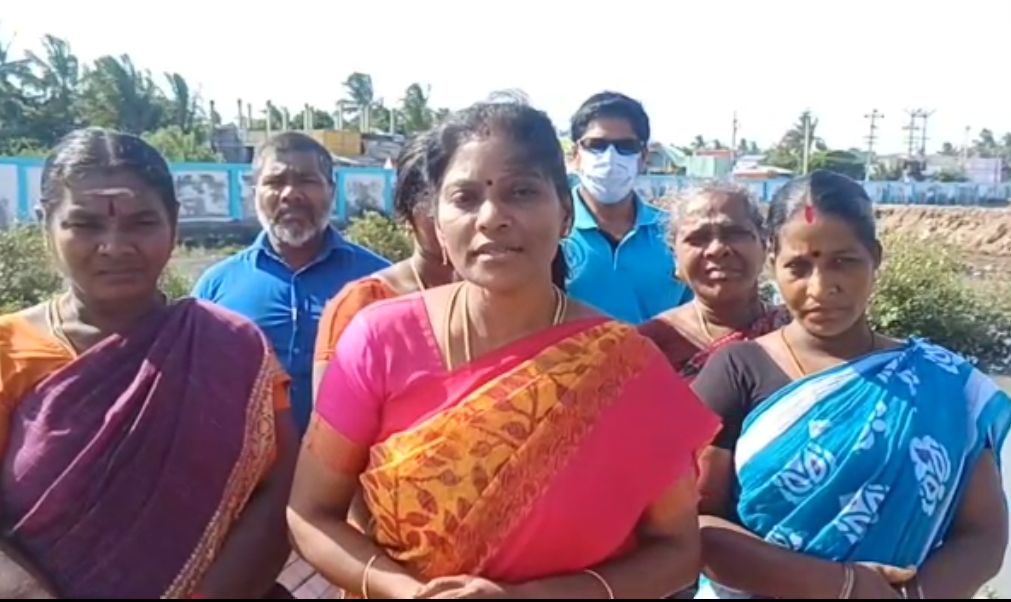
You can support these fisherwomen and fishermen and donate directly to this pilot project via the gofundme.com platform.
